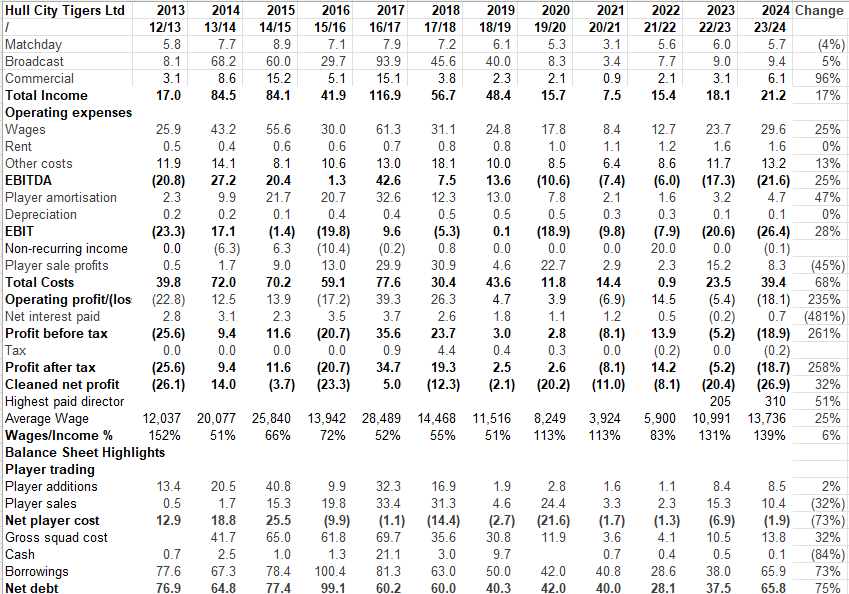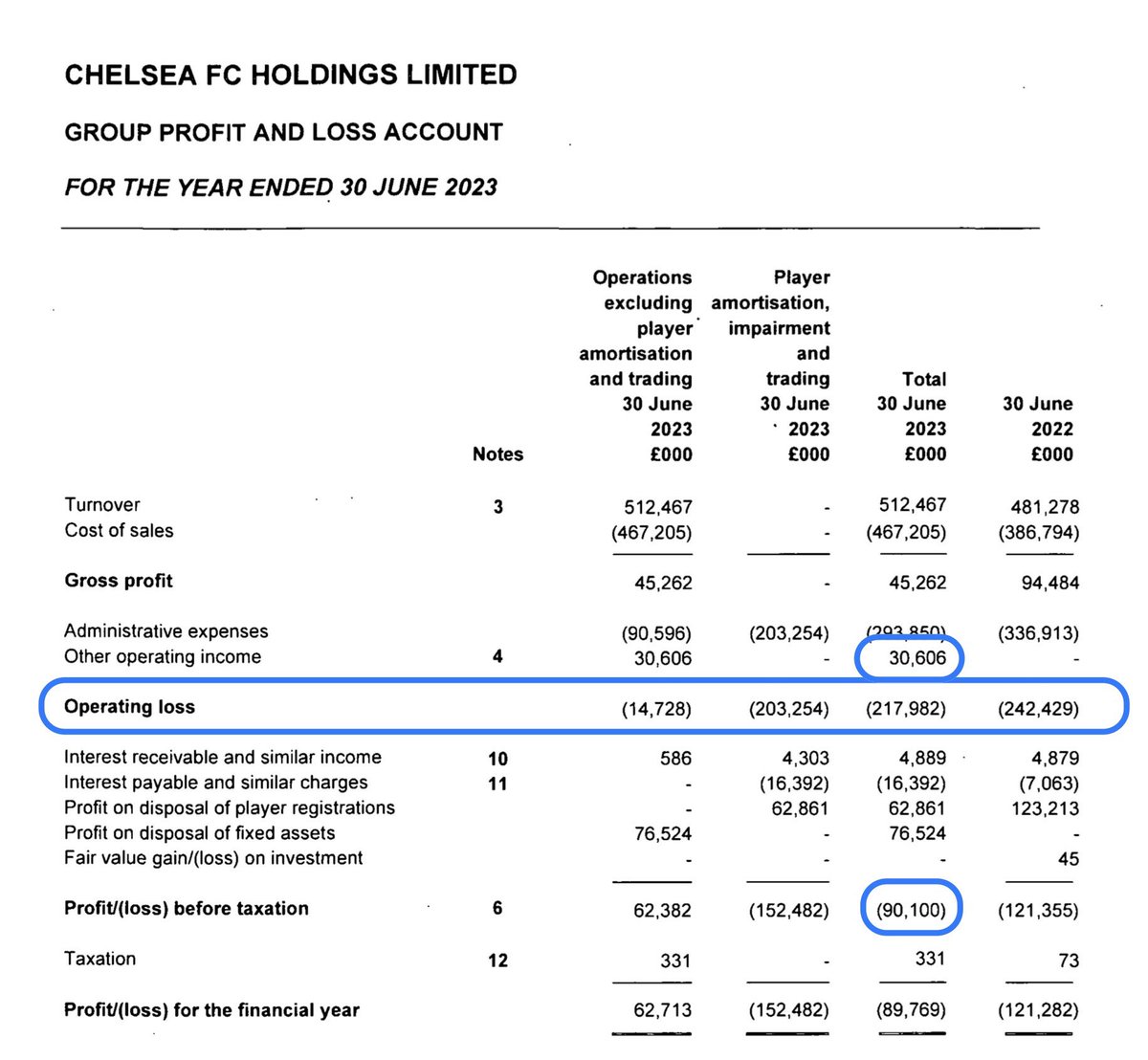Newcastle finances headlines for 13m to 31/7/20
Revenue £153m (down 13%)
Matchday £17m (down 30%)
Wages £121m (up 20%)
Operating loss £43m (£11m profit)
Player purchases £76m (£43m)
Player sales £30m (£42m)
Lee Charnley salary £675k (£267k)
Revenue £153m (down 13%)
Matchday £17m (down 30%)
Wages £121m (up 20%)
Operating loss £43m (£11m profit)
Player purchases £76m (£43m)
Player sales £30m (£42m)
Lee Charnley salary £675k (£267k)
Total income includes full matches from 19/20 as accounts extended to 31 July, most other clubs only had 32 matches as published to 30 June. 



Commercial income broadly flat as has been the case for some years. Surprising that clubs such as Brighton and Leicester are ahead of Newcastle...or is it? 



Wages up £20m but this included an extra month compared to previous season. Average wage almost £52k a week, which is enough for a night to remember in the Bigg Market on a Saturday night. 







Player amortisation (transfer fees spread over contract period) is the other main cost for clubs. In addition Newcastle had a further £11m cost for 'impairment' which is management speak for signing someone who was a bit bobbins and so value written down. 



Excluding one off costs and player sales, Newcastle lost £43m in 19/20. Total losses for EPL were £1,260m up from £728m 



Newcastle player purchases £76m but this includes two Julys. Player sales £30m. Overall net spend in EPL £1.07 billion 





Newcastle’s loans due to Mike Ashley still £107m but now classified as ‘repayable on demand’ instead of due in more than one year. 



Newcastle's squad cost a total of £216m at 31 July 2020, which, whilst a record for the club, is still bottom six by EPL standards. 



• • •
Missing some Tweet in this thread? You can try to
force a refresh

















































